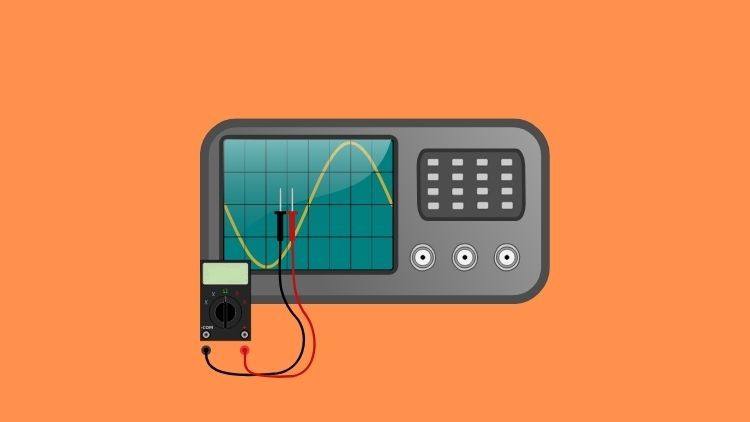The Art of Doing: Basic Electronic Circuits
Voltage, current, resistance, and more!
What you’ll learn
The Art of Doing: Basic Electronic Circuits
- Basic electronic concepts such as current, voltage, and resistance.
- Fundamental concepts such as Ohm’s Law, Kirchhoff’s Voltage Law, and Kirchhoff’s Current Law.
- Electronic components such as resistors, potentiometers, light-dependent resistors, LEDs, and push-buttons.
- How to use a multimeter to measure voltages and current within a circuit.
- Four “Challenge Circuits” to put your knowledge to the test.
Requirements
-
None. We will start at the ground level and work our way up in our knowledge and understanding.
Description
Years ago I bought an Arduino and I can remember how awesome it felt to hook it up, write a program, and blink an LED! My next question was “How on earth would you do that without an Arduino?!?”. Don’t get me wrong, I think Arduino’s and all sorts of microcontrollers are awesome, but to me, it abstracted things a little too much. I’m an avid guitarist and a gear head; I love guitar effects pedals. Inside those stomp boxes, you won’t find an Arduino. What you will find is the guts of an analog circuit: resistors, diodes, capacitors, transistors, and integrated circuit chips…all working together to create, bend, and shape a waveform.
I know there are tons of YouTube videos out there showing various analog circuits but the vast majority of them are the same: a time-lapse video of someone populating a breadboard or PCB with music playing in the background. No explanation of what they were doing or why they were doing it, no breakdown of the role of each and every component in the circuit, and no conveying of understanding at not just a mathematical level but even a conceptual level. That is not learning and as someone who wanted to learn, diving deeper into the subject, so I could figure out how to blink an LED without an Arduino and eventually more, was a frustrating experience.
These are the reasons I decided to create this course. These are the reasons I hope you enroll in this free course; I can help lift those learning frustrations for you and help you gain an appreciation for analog electronics.
By the end of this course, I hope for two things:
- You will want to continue learning about electronics and enroll in my full course!
- Have the confidence and knowledge to begin making your own basic electronic circuits!
Good luck and I hope to see you in our next video!
Who this course is for:
- Tinkerers, hobbyists, and DIYers of all things electronic.
- People who are interested in designing circuits.
- Anyone who has used an Arduino to blink a light and asked, “How would I do that without code?!?!”











Add Comment